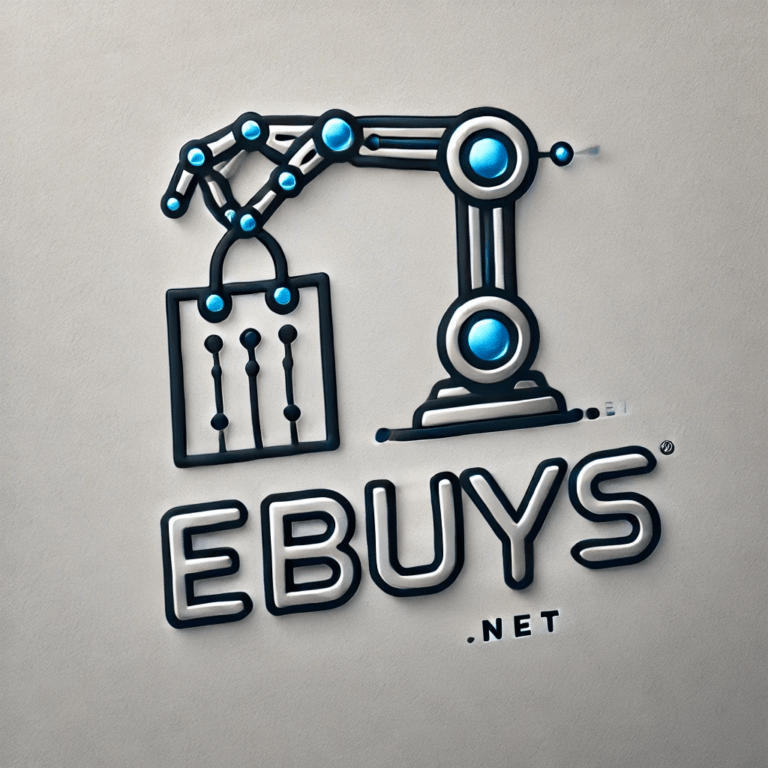Over the past ten years, the idea of “smart homes” has changed dramatically, changing how we use our living areas. Smart home solutions include a broad range of gadgets and technologies intended to improve home environments’ energy efficiency, convenience, & security. These systems make use of the Internet of Things (IoT), which enables remote control and communication between multiple devices through smartphones or voice-activated assistants. Smart home solutions integration is getting easier to implement and more desirable for homeowners as technology develops. In addition to its ease of use, smart home technology has the potential to enhance people’s quality of life.
Key Takeaways
- Smart home solutions offer convenience, efficiency, and security for homeowners.
- Automating lighting in your home can save energy and create a more comfortable living environment.
- Enhancing home security with smart solutions provides peace of mind and real-time monitoring capabilities.
- Automating appliances can save time and energy, making daily tasks more convenient and efficient.
- Choosing the right smart home devices involves considering compatibility, features, and ease of use.
Smart home solutions, which range from sophisticated security cameras that provide real-time alerts to automated lighting systems that change according to occupancy, offer a degree of control and customization that is unmatched by traditional home systems. The market for smart home appliances is predicted to expand rapidly as consumers become more conscious of the advantages these technologies offer, opening the door for creative uses that improve daily life. Automated lighting is among the most widely used smart home technology applications. In addition to setting schedules & adjusting brightness and color temperature according to their preferences or the time of day, smart lighting systems enable homeowners to remotely control their lights. For example, residents can be helped to wake up more gently by programming smart bulbs to gradually brighten in the morning, mimicking a natural sunrise.
In contrast, they can be turned down in the evening to foster a calm environment & improve sleep hygiene. Incorporating motion sensors into smart lighting can also make sure that lights automatically turn on when someone enters a room and turn off when it is empty. By lowering wasteful electricity use, this not only improves convenience but also helps save energy. To make sure that lights are only turned on when necessary, a family might, for instance, install motion-activated lights in bathrooms or hallways. Even easier is the fact that many smart lighting systems can be operated by voice commands through virtual assistants like Google Assistant or Amazon Alexa, eliminating the need to reach for a switch.
Another important area where smart technology has advanced significantly is home security. Conventional security systems can be difficult to administer & frequently call for manual monitoring. On the other hand, real-time monitoring and alerts are sent straight to homeowners’ smartphones by smart security solutions.
| Smart Home Solutions | Automate Lighting | Security | Appliances |
|---|---|---|---|
| Energy Savings | Yes | No | Yes |
| Remote Access | Yes | Yes | Yes |
| Customization | Yes | Yes | Yes |
| Security Cameras | No | Yes | No |
To check live feeds from their devices & evaluate any possible threats, for example, smart cameras with motion detection can send notifications when they detect movement. Also, by enabling remote access control, smart locks give homeowners an extra degree of security. Smart locks improve security by doing away with physical keys through features like keyless entry and temporary access codes for visitors or staff. For instance, without endangering the security of their house, a homeowner can allow a delivery person access while they are away. Many smart security systems can also be integrated with other gadgets, like lights and alarms, to form an all-encompassing security network that can be turned on or off with a single command.
Another important development in smart home technology is the automation of domestic appliances. The purpose of smart appliances is to increase energy efficiency and streamline daily chores. Smart refrigerators, for example, can keep track of food supplies and recommend recipes based on what’s available, & smart ovens can be remotely preheated or set to cook at certain times. This degree of control guarantees that ingredients are used before they spoil, which not only saves time but also lowers food waste. Also, depending on the load size and type of fabric, smartly designed washing machines and dryers can optimize energy and water use.
In order to give busy households flexibility, some models even let users remotely start or pause cycles. To guarantee that the clothes are cleaned and ready to be dried as soon as they get home, a parent might, for instance, begin a load of laundry while they are at work. By encouraging more economical use of resources, the incorporation of smart appliances into daily routines not only improves convenience but also supports sustainable living. Choosing the best smart home appliances can be difficult because there are so many options on the market right now. Assessing their individual needs and preferences should be the first step for homeowners.
For example, people who prioritize security might want to spend money on high-end cameras and smart locks, while those who are concerned about energy efficiency might want to think about smart lighting & thermostats. Selecting gadgets that can work together and be incorporated into a coherent system is crucial. The ecosystem to which smart home devices belong is another important consideration. A lot of devices, like Apple HomeKit, Amazon Alexa, & Google Home, work on particular platforms.
Homeowners ought to assess which ecosystem best suits their preferences for usability and their current technological setup. Reading reviews and getting advice from reliable people can also give you important information about the dependability and functionality of different products. In the end, homeowners will be able to design a smart home environment that suits their particular requirements if they make educated decisions. There are multiple steps involved in setting up a smart home system, and each one needs to be carefully planned and carried out. Homeowners should first set up a central platform or hub that will act as the command center for all of the devices that are connected. This could be a specialized smart home hub or just an app on a smartphone that unifies multiple gadgets into a single interface.
Users can start adding devices in accordance with their preferences as soon as the central hub is established. The type of device being added determines the installation procedure. While some devices can be readily set up by following manufacturer instructions, others may need professional installation, especially those involving electrical work or complex configurations. To install smart bulbs, for instance, you usually need to replace your old bulbs & use an app to connect them to your home’s Wi-Fi network. To get the most out of the system, it’s essential to configure settings like schedules & automation rules after installation. Also, regular maintenance and updates will guarantee that devices continue to operate at their best over time.
Using smart home solutions has advantages beyond convenience; they also improve security, energy efficiency, and quality of life. The ability to remotely monitor and control different aspects of the house is one of the biggest benefits. With the ability to check on their property while they are away or receive alerts about unusual activity, homeowners can rest easy knowing that their property is safe. Energy efficiency is yet another strong argument for purchasing smart home technology. Homeowners can cut their energy use & utility costs by automating appliances & lighting according to usage patterns.
By learning user preferences over time, smart thermostats, for example, can optimize energy use without compromising comfort by adjusting heating or cooling. Also, a lot of smart devices offer information about trends in energy usage, enabling homeowners to make wise choices regarding their usage patterns. The future of smart home solutions looks to be even more inventive as technology continues to develop at an unprecedented rate. Utilizing artificial intelligence (AI) in smart home systems is one new trend. In addition to learning user preferences, AI-powered gadgets will also predict requirements by using contextual & historical data. An AI-enabled thermostat, for instance, might be able to change the temperature without human input by using occupancy patterns or weather predictions.
The growing emphasis on device interoperability across various manufacturers is another trend. Manufacturers are starting to give compatibility standards that enable devices from different brands to function well together more importance as customers look for seamless experiences across multiple platforms. Due to this change, homeowners will no longer be restricted to a single brand and will be able to design ecosystems that are specifically suited to their needs.
Also, the development of smart home technology is probably going to be greatly influenced by advances in energy management technologies. As homeowners’ concerns about sustainability and climate change grow, they will look for solutions that encourage energy efficiency and the integration of renewable energy sources. In homes, smart grids and solar energy systems will proliferate, giving homeowners real-time access to data on energy production & consumption. Finally, it should be noted that the development of smart home solutions will fundamentally alter the way we use our living areas. Homeowners will have previously unheard-of opportunities to improve their quality of life through automation, security upgrades, & energy-saving techniques as technology develops and becomes more widely available.
Those who are prepared to accept these innovations will have exciting opportunities in the future.

